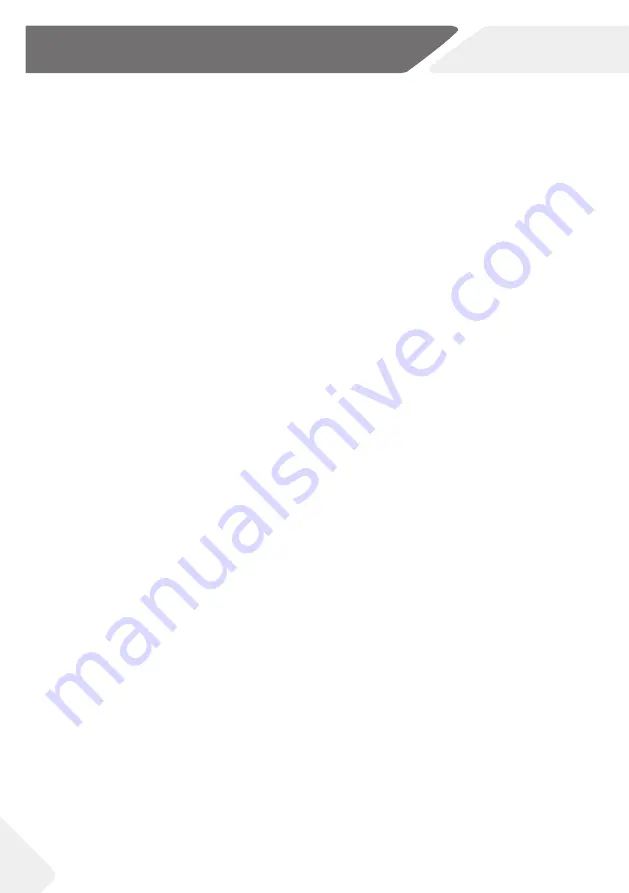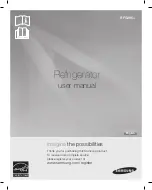
Safety
indicated range.
▶
check the condition of food if an increase in the freezer tempera-
ture has occurred.
During daily use do not…
x set unnecessarily low temperature in the refrigerator compart-
ment. Minus temperatures may occur at high settings. Attention:
bottles can burst.
x store medicines which need a precision storage temperature or
bacteria or chemical agents in the appliance.
x store liquids in bottles or cans (besides high percentage spirits)
especially carbonated beverages in the freezer, as these will burst
during freezing.
x
place unstable articles (heavy objects, containers filled with water)
on the top of the appliance, to avoid personal injury caused by fall-
ing or electric shock caused by contact with water.
x pull on the door shelves. The door may be pulled slant, the bottle
rack, may be pulled away, or the appliance may topple.
x damage the refrigerant circuit. If it does become damaged, do not
use the appliance.
x step on the freezer storage compartment door or drawer.
x touch the inside surface of the freezer storage compartment
when in operation, especially with wet hands, as your hands may
freeze onto the surface.
x touch frozen goods with wet hands (wear gloves). Especially do
not eat ice lollies immediately after removal from the freezer com-
partment. There is the risk to freeze or the formation of frost blis-
ters. First aid: keep immediately under running cold water. Do not
pull away!
x
scrape off frost and ice with sharp objects. Do not use sprays, elec
-
tric heaters, hair dryers, steam cleaners or other sources of heat in
order to avoid damage to the plastic parts.
x use mechanical devices or other means to accelerate the defrost-
ing process, other than those recommended by the manufacturer.
x clean the appliance with hard brushes, wire brushes, detergent
powder, petrol, amyl acetate, acetone and similar organic solu-
tions, acid or alkaline solutions. Please clean with special refrigera-
tor detergent to avoid damage.
x
spray or flush the appliance during cleaning.
8









































